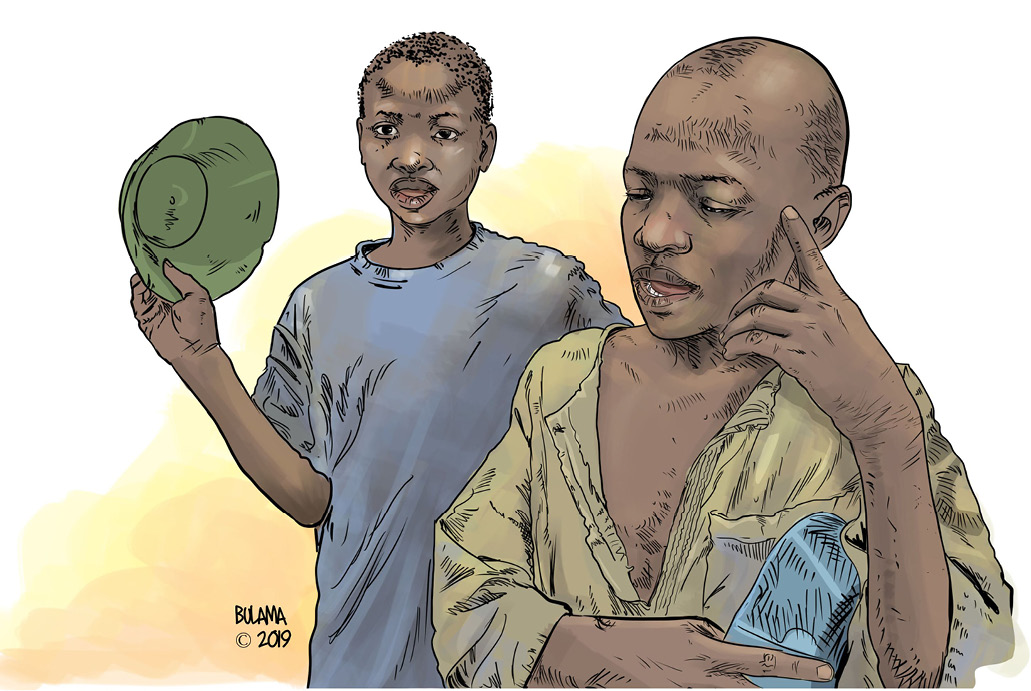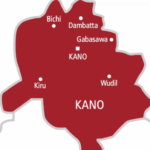Governor Abdullahi Umar Ganduje of Kano State says his government has mapped out plans to integrate Almajiri children, who constitute the majority of the out of school population, into the free, compulsory education policy of the state.
Governor Ganduje stated this in Kaduna today while declaring open a three-day retreat for Executive Council Members, Permanent Secretaries and top government functionaries.
According to the Governor: “Two services are very key to this administration; one education and second the provision of healthcare services to our people. These two are the major indicators between developed and developing countries, aside the economy. So, we are taking these two sectors very seriously.
“Concerning the education sector, we have already made a pronouncement that education from now would be free and compulsory from basic to secondary education. Therefore, we need to work very hard and make very solid foundation to ensure that we achieve this laudable objective.
“Kano State, being the most populous state in the federation, we are vulnerable as we have always said. Our population could be an asset or liability. And all we want to do is make our population an asset.
“There are certain countries in the world that do not have a drop of oil, yet they are among the strongest economies in the world. So, by developing this aspect of education, we are taking Kano State to the next level and we are taking advantage of our population.
“So, this issue of out-of-school children is a very serious issue in Kano State and in Nigeria. But Kano State, being our state, our concern is to see how we can address this problem. There is no doubt that, Kano being the commercial nerve center of the northern part of Nigeria, most of the Almajiris are not from Kano, but since they are Nigerians, we must see that they go to school.”
He added: “Very soon, we are going to receive a report on the statistics of out-of-school children. We are already discussing with the operators of the Almajiri school that Almajiri system should be integrated. And there are two ways of this integration: the first approach is to merge the Almajiri schools into our conventional primary school and secondly, those having large number of Almajiris like 2000, we post teachers to such schools.”

 Join Daily Trust WhatsApp Community For Quick Access To News and Happenings Around You.
Join Daily Trust WhatsApp Community For Quick Access To News and Happenings Around You.


